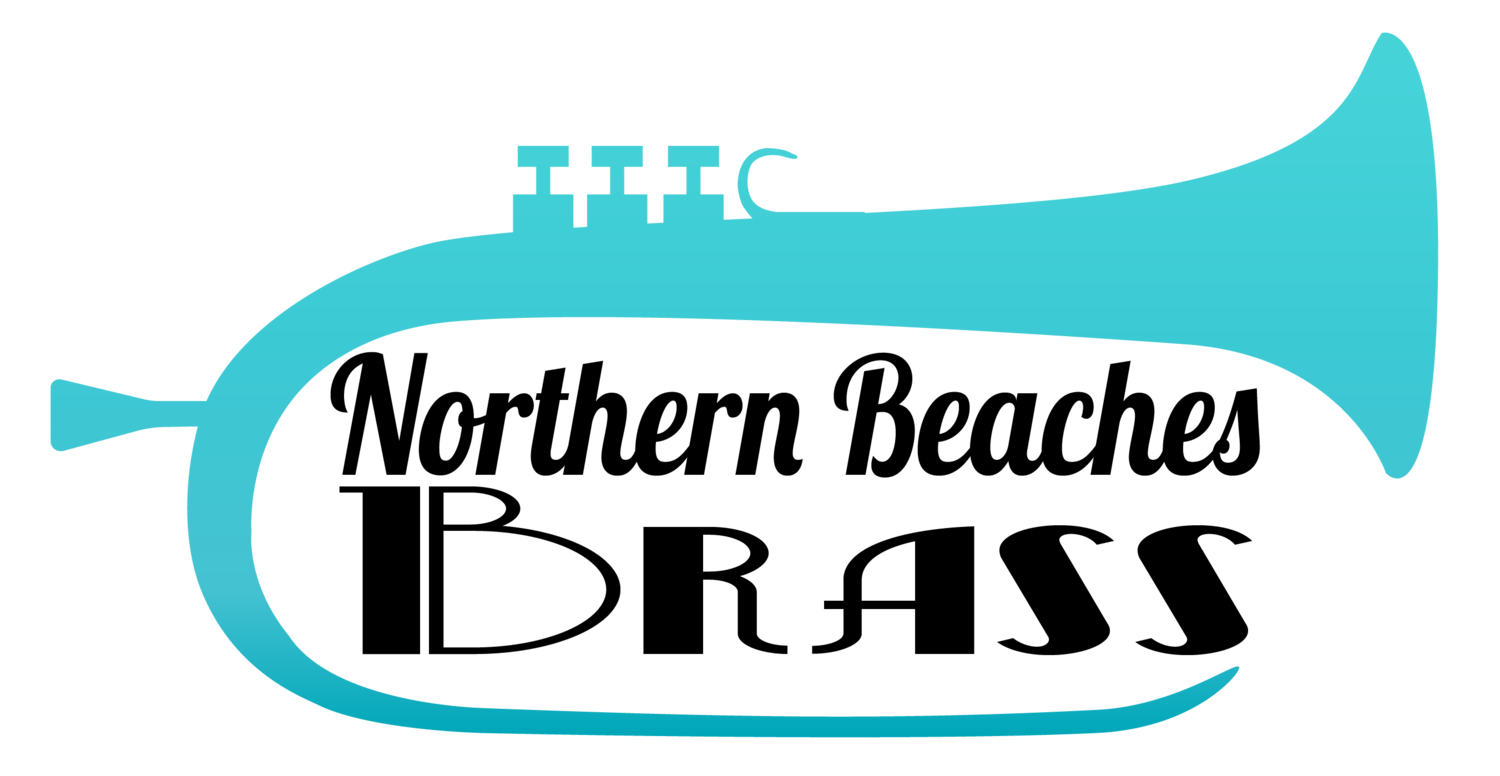The Harmonic Series is the underlying physics of how Brass instruments play 30+ notes using only 3 valves or 7 slide positions.
Mastery of the Harmonic Series is one of the greatest challenges for Brass players and is an area of ongoing development from beginner to professional.
These Harmonic Series Charts are useful as a structured guide for fingering and slide positions, as well as forming the basis for Technique building exercises such as lip slurs, scales, long tones, alternate fingering / positions etc
French Horn ( Bb Horn reading Horn in F )
Trombone ( concert pitch, bass clef )
Euphonium and Baritone ( concert pitch, bass clef )
EEb Tuba 3v ( 3 valve, concert pitch, bass clef )
EEb Tuba 4v ( 4 valve, non-compensating, concert pitch, bass clef )
CC Tuba 4v ( 4 valve, non-compensating, concert pitch, bass clef )
CC Tuba 5v ( 5 valve Mirafone 186, non-compensating, concert pitch, bass clef )
BBb Tuba 3v ( 3 valve, concert pitch, bass clef )
BBb Tuba 4v ( 4 valve, non-compensating, concert pitch, bass clef)
3/4 E-flat Tubas
Here in Sydney I have been finding many band directors, students, parents and even the tutors are confused about Eb Tubas.
Many schools, especially primary schools, but high schools also, will often have an old 3/4 Eb Tuba in the cupboard. These are often from when the band program was first formed in the 60s and 70s. It's very common for a Tuba or two to be the only remaining instruments from the time. Due partly to it often being the least played and partly due to these tubas being very durable (although often not good quality).
If you aren't sure if what you have in front of you is an Eb Tuba, here's a few tips to help you figure it out.
I'm going to assume it's only got 3 valves, which almost all of these old school tubas are.
1) The 3/4 Eb is a smaller than the now common 3/4 Bb Tuba made by Yamaha and Jupiter, which is what most primary schools now purchase.
2) They have less length of total tubing, which can usually be noticed by counting how many times the tubing loops around.
Heres a picture comparison between a Yamaha YBB-105s 3/4 Bb Tuba and a Boosey & Hawkes Regent 3/4 Eb Tuba (which are wonderful little tubas to learn on.) These pictures are not scaled to size, the Yamaha is bigger and hopefully you can see the extra length of all the tubes.
Yamaha YBB 105s
Boosey & Hawkes 3/4 Eb Tuba
3) If you are able to create a sound on the Tuba, with none of the valves depressed, see what notes you can play.
An Eb Tuba will give you the following progression of available notes from low to high:
- Eb, Bb, Eb, G, Bb, Db, Eb
Whereas a Bb Tuba will give you:
- Bb, F, Bb, D, F, Ab, Bb
This is the only certain way to know what key your Tuba is in. You can use a tuner or reference your notes from a piano or any other handy instrument you are certain of the pitch of.
3/4 E-flat Tuba Fingering
The number of times I've turned up to a school for a workshop, band camp or other event, gone to help out the Tuba player who is obviously struggling and realised very quickly that they are trying to play an Eb Tuba like it's a Bb Tuba - is truly staggering. It seriously happens all over the place.
Mostly its due to the problem that band directors are keen to get excited young musicians onto Tuba to fill out the bottom end of the band sound and see that poor neglected instrument get some love, yet these directors don't know the first thing about Tuba. Sadly, for whatever reason, they think they can figure it out themselves and don't ask a Tuba Player for some advice and assistance on getting a Tuba player started.
This tragedy is compounded by the fact that many brass teachers around here believe they can teach all the instruments in the brass section, including Tuba, but have never actually played Tuba themselves, taking a "how hard can it really be?" approach. They don't realise that Tubas come in 4 different keys, can have 3 to 6 valves, sometimes learn Bass Clef and other times Treble Clef (in a Brass Band mostly).
Anyway, you may be able to tell, I am very passionate about seeing young musicians taking up the Tuba, but equally frustrated by the appalling job many programs are doing of starting their students on Tuba.
For this reason, I have created a quick beginners fingering cheat sheet.
This can be very quickly printed out or pulled up on a phone even and help a young student at least start to get the right valves down to play their notes. Once the basics are grasped, they can then choose to use the fingering chart above labelled EEb Tuba 3v ( 3 valve, concert pitch, bass clef ).
- Eb Tuba 3v - beginners fingering cheat sheet
Use the link above to print it. Here's a picture of it also, for quick access.




